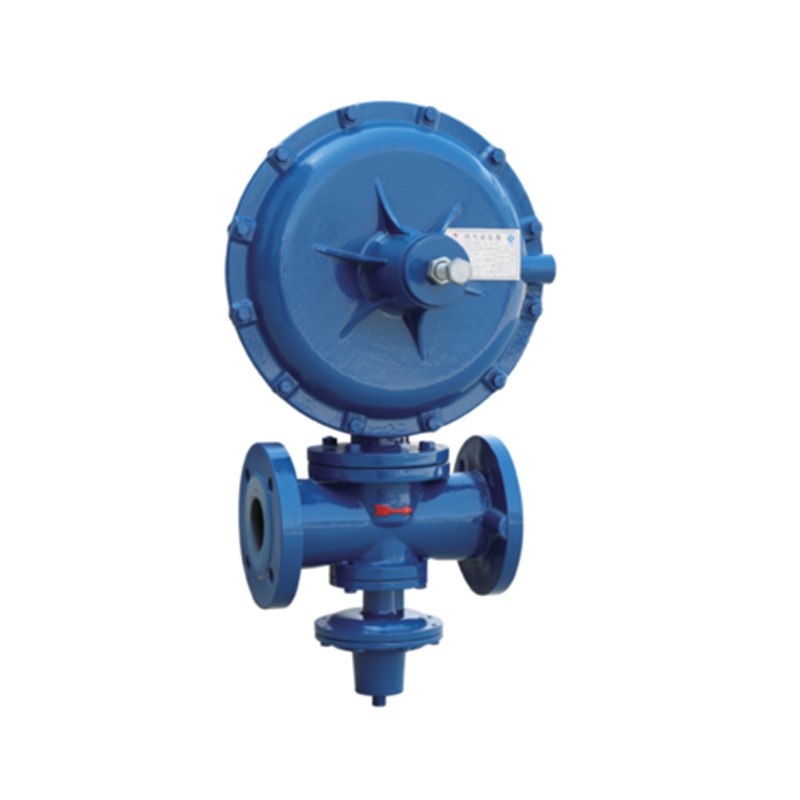
Sep . 10, 2024 07:36
Back to list
natural gas pressure reducing station
Natural Gas Pressure Reducing Stations Essential Components in Gas Distribution
Natural gas has become a vital energy source for residential, commercial, and industrial applications worldwide. As the demand for this clean-burning fuel continues to rise, the infrastructure to support its safe and efficient distribution must also be enhanced. One essential component of this infrastructure is the natural gas pressure reducing station. These stations play a crucial role in ensuring that natural gas reaches consumers at a safe and usable pressure, thus facilitating the smooth operation of various applications.
Pressure reduction is a critical process in natural gas distribution. Gas is typically transported through high-pressure pipelines to cover large distances efficiently. However, when it reaches the distribution networks or residential areas, it must be delivered at much lower pressures to ensure safety and compliance with usage standards. This is where pressure reducing stations come into play.
A natural gas pressure reducing station functions by lowering the pressure of the gas flowing through it. The station is equipped with pressure control valves that manage the pressure drop, ensuring the gas is delivered at the appropriate level for safe usage. These stations also often include measurement equipment to monitor the flow rate and pressure, ensuring that any changes in the system can be quickly addressed.
natural gas pressure reducing station

The design and operation of pressure reducing stations are governed by strict safety regulations and standards. They must be equipped with safety features such as relief valves, which activate in case of unexpected pressure surges, preventing potential hazards. Additionally, regular maintenance and monitoring are essential to ensure the reliability of these stations, as any malfunction could lead to supply interruptions or safety risks.
The location of pressure reducing stations is strategically chosen to optimize the gas distribution network. Typically, they are placed near the boundaries of distribution areas or at junction points of pipeline systems. This positioning allows for efficient pressure management across various segments of the network.
The implementation of advanced technologies in pressure reducing stations is enhancing their efficiency and reliability. Automation systems are being integrated to allow for remote monitoring and control, providing operators with real-time data to make informed decisions swiftly. Furthermore, advancements in materials and engineering design are contributing to the longevity and safety of these stations.
In conclusion, natural gas pressure reducing stations are indispensable components of the gas distribution network. They ensure that natural gas is delivered safely and efficiently to consumers, supporting the growing demand for this essential energy source. As technology continues to advance, these stations will become even more efficient, further enhancing the safety and reliability of the natural gas supply chain. The ongoing development and maintenance of pressure reducing stations will remain crucial in meeting the energy needs of the future.
Latest news
-
Safety Valve Spring-Loaded Design Overpressure ProtectionNewsJul.25,2025
-
Precision Voltage Regulator AC5 Accuracy Grade PerformanceNewsJul.25,2025
-
Natural Gas Pressure Regulating Skid Industrial Pipeline ApplicationsNewsJul.25,2025
-
Natural Gas Filter Stainless Steel Mesh Element DesignNewsJul.25,2025
-
Gas Pressure Regulator Valve Direct-Acting Spring-Loaded DesignNewsJul.25,2025
-
Decompression Equipment Multi-Stage Heat Exchange System DesignNewsJul.25,2025

